Letter of Intent Template for Real Estate Lease Agreements
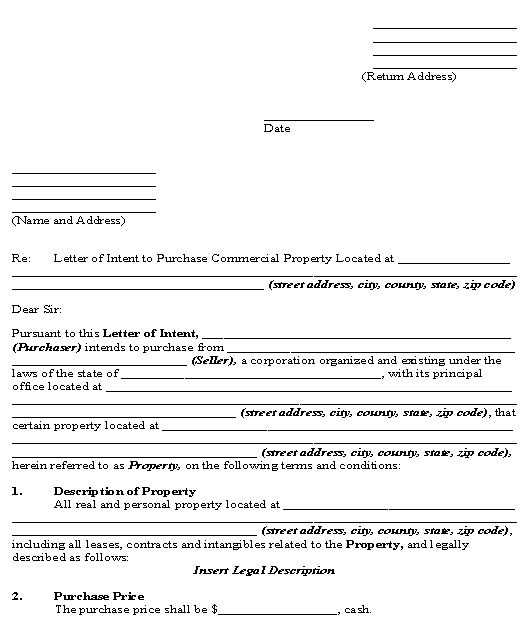
Before entering into a formal contract for renting or leasing a property, it’s essential to outline the main terms and expectations. This early document helps both parties understand the key points of the agreement, ensuring smoother negotiations later on. By establishing mutual clarity, it can prevent misunderstandings and provide a foundation for more detailed discussions.
Having a structured approach to express initial interest and outline essential conditions can significantly streamline the process. It acts as a formalized starting point, making it easier to transition into binding contracts. Whether you’re a tenant or a property owner, this preparatory step is valuable for both sides to assess the feasibility of moving forward.
Understanding the Importance of a Letter of Intent
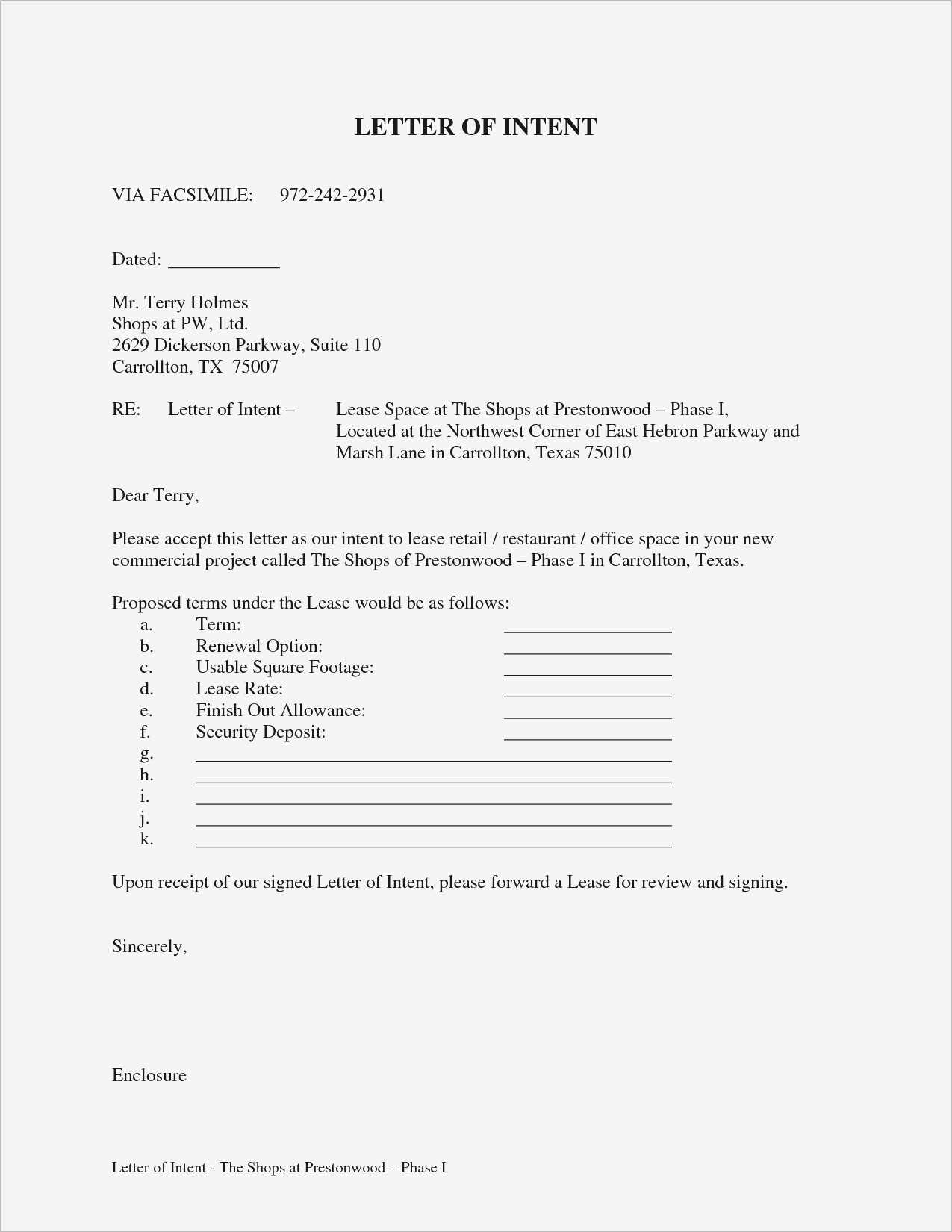
In any property rental agreement, having a clear preliminary document is crucial for setting the stage for future negotiations. This initial correspondence serves to express the key conditions both parties are willing to consider, helping to avoid confusion down the line. By outlining basic terms and intentions, it provides a sense of security before entering more formal, binding discussions.
This document plays a vital role in establishing trust between the involved parties. It ensures that both the landlord and the potential tenant are on the same page regarding important aspects such as duration, pricing, and responsibilities. By clearly defining these details upfront, it significantly reduces the chance of miscommunication or legal disputes as the process moves forward.
Key Components of a Real Estate Lease Letter
When preparing an initial agreement for renting or leasing a property, it’s important to address several key elements that will form the basis of the discussion. These components ensure both parties have a mutual understanding of the proposed terms, which can help avoid future conflicts and make the process more efficient. Below are the essential elements that should be included in this early-stage agreement.
Basic Information
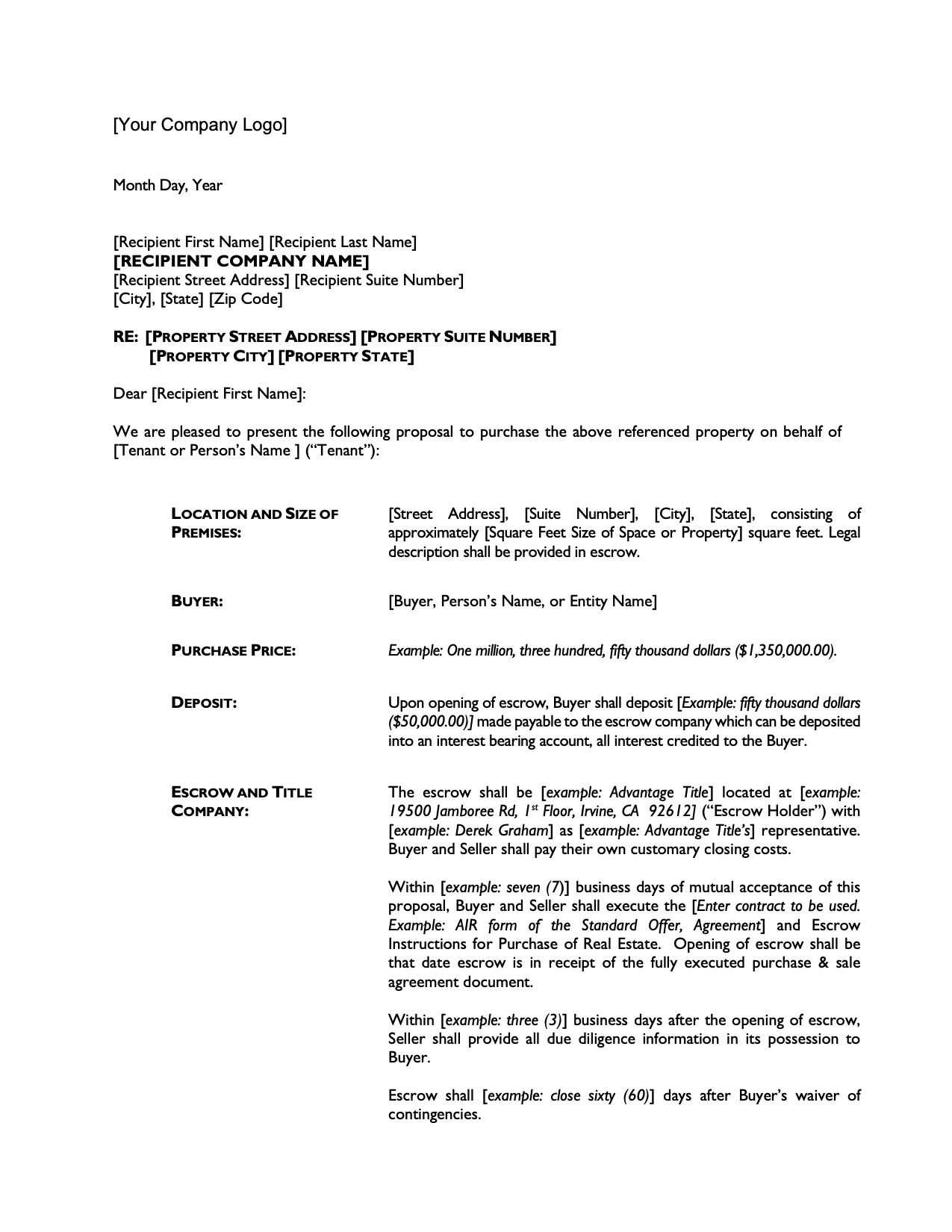
At the outset, it’s crucial to include the basic details of the transaction. This includes the names of both parties, the property in question, and the agreed-upon dates for the duration of the arrangement. Clearly stating these details helps set expectations and limits confusion moving forward.
Financial Terms
Another vital component is outlining the financial aspects. This should cover the proposed rental amount, payment schedule, and any additional fees or deposits required. Addressing these financial matters at the start helps ensure transparency and allows both parties to assess whether the terms are agreeable.
| Component | Description |
|---|---|
| Parties Involved | Names and contact details of both landlord and tenant |
| Property Details | Address and description of the property in question |
| Financial Terms | Rent amount, payment schedule, and deposits |
| Duration | Proposed start and end dates of the agreement |
| Additional Conditions | Any specific rules or requirements to be followed |
How to Draft an Effective Letter of Intent
Creating a clear and professional preliminary document for property rental agreements is essential for ensuring both parties are aligned on key terms. An effective draft sets the tone for future negotiations and helps to formalize the interest of both the tenant and the property owner. Here are some essential steps to keep in mind when drafting a comprehensive document.
- Start with Clear Identification: Begin by clearly identifying the parties involved and the property being discussed. This avoids any confusion regarding ownership and responsibilities.
- Outline Key Terms: Include the most important elements such as the rental price, payment schedule, and the duration of the agreement. These terms should be precise and easy to understand.
- Be Specific about Dates: Clearly state the expected start and end dates for the rental arrangement. This helps to establish a timeline and expectations.
- List Any Conditions or Requirements: If there are any special conditions (e.g., maintenance responsibilities, pet policies, etc.), include them in this section. This ensures transparency from the start.
- Keep the Language Professional: Use formal and professional language throughout the document. Avoid ambiguity or casual wording that could lead to misunderstandings later.
By following these steps, you can draft a document that provides clarity, prevents miscommunication, and builds a strong foundation for the formal contract.
Common Mistakes in LOI for Leases
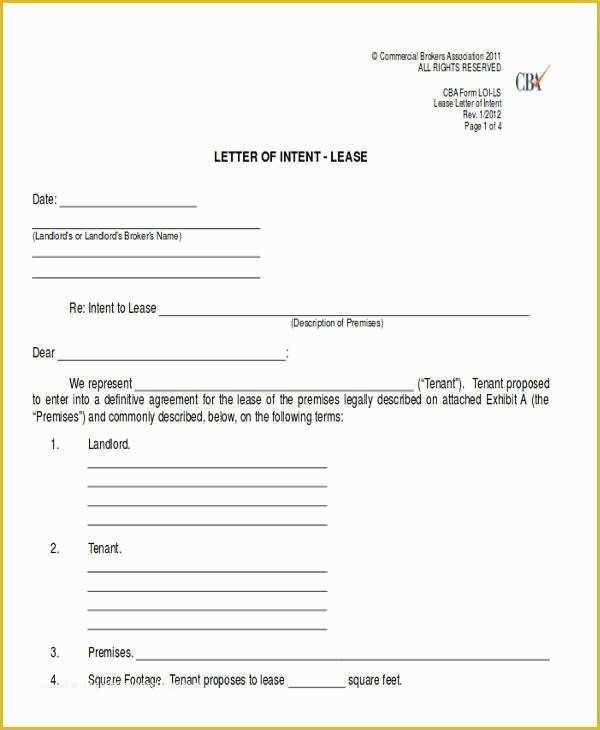
When preparing an initial agreement for renting or leasing a property, it’s easy to make mistakes that can lead to confusion or missed opportunities. These errors can complicate negotiations and even cause delays or disputes later in the process. Understanding the most common mistakes can help you avoid costly oversights and ensure a smoother transaction.
- Vague Terms and Conditions: One of the biggest mistakes is leaving key terms too vague or undefined. This can lead to misunderstandings about the financial details, property maintenance, or the duration of the agreement.
- Missing Essential Dates: Failing to include accurate start and end dates for the rental arrangement can cause issues with scheduling and legal clarity. Both parties should be clear on timelines from the beginning.
- Omitting Legal Language: While the document is informal, it should still include some legal language to avoid confusion or misinterpretation. Omitting this can make the agreement less enforceable in case of a dispute.
- Failure to Address Future Changes: Not accounting for potential adjustments, like rent increases or modifications to the terms during the tenancy, can create conflicts down the line.
- Not Defining the Scope of Use: It’s important to specify what the property will be used for, especially if there are restrictions or special requirements. This helps prevent future disagreements regarding its use.
By addressing these common mistakes, you can create a more effective and efficient agreement that serves both parties well throughout the entire rental process.
Benefits of Using a Template for LOI
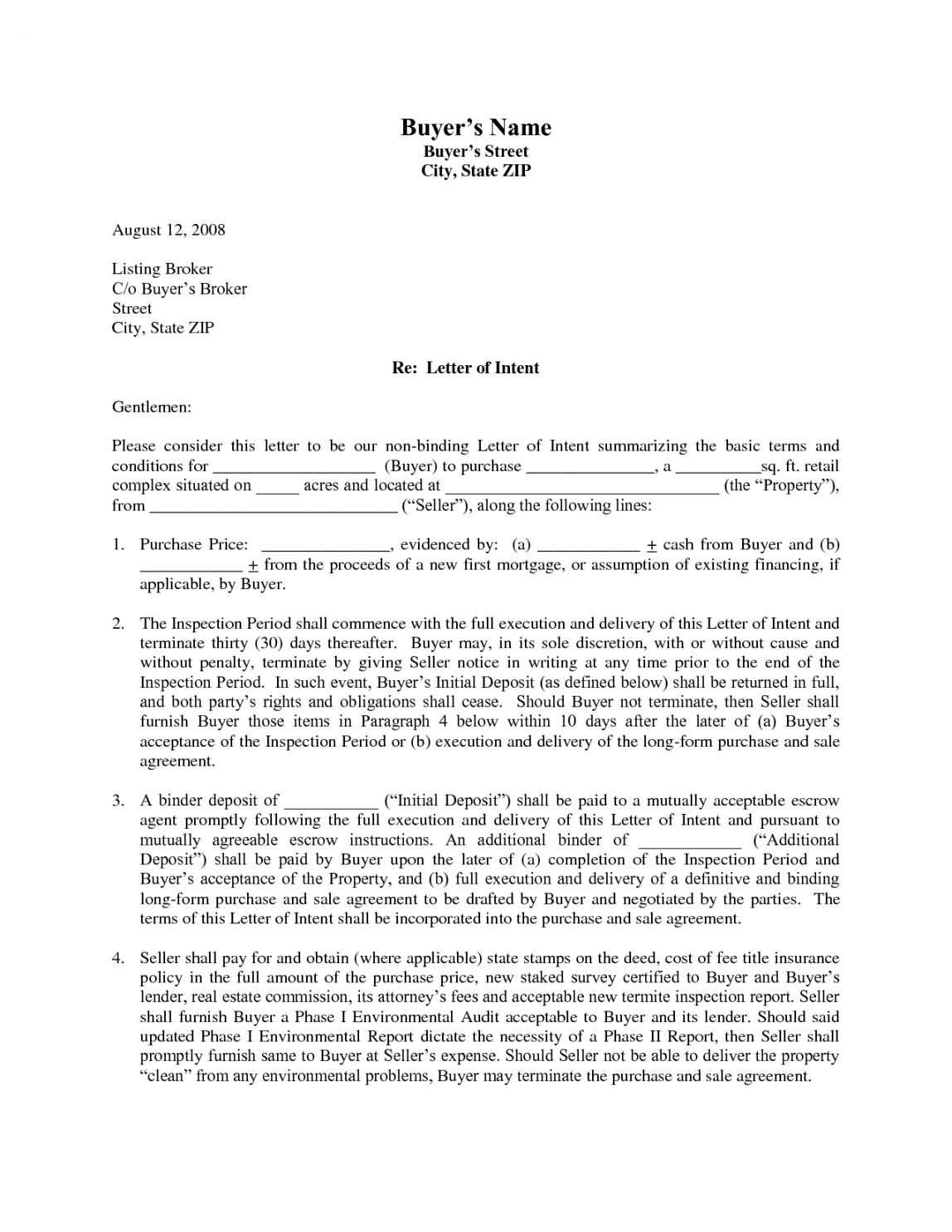
Using a structured document for outlining initial rental or property agreements offers numerous advantages. It provides a reliable framework that can save time and effort while ensuring all key elements are covered. Whether you’re a landlord or a tenant, having a ready-made format helps to standardize the process and avoid overlooking important details.
- Consistency and Clarity: A pre-designed format ensures consistency in the language used, making it easier for both parties to understand and agree on the terms. This clarity helps prevent confusion and sets expectations from the beginning.
- Time Efficiency: Templates eliminate the need to draft a new document from scratch each time, allowing you to focus on the specific terms of the agreement. This efficiency is especially valuable for those dealing with multiple properties or tenants.
- Reduction of Errors: With a structured approach, the risk of missing key points is minimized. Using a template reduces the likelihood of overlooking critical details, which can lead to misunderstandings or disputes later.
- Legal Confidence: Many templates are designed to include all necessary legal components, ensuring the document is more likely to be enforceable. This helps both parties feel secure in their commitments and actions.
- Customizability: While templates provide a solid base, they are also adaptable to suit the specific needs of each agreement. Customization allows for flexibility while maintaining a professional standard.
Overall, using a structured format for initial agreements can streamline the process, reduce risks, and create a more professional and efficient experience for everyone involved.
Legal Considerations in Lease Intent Letters
When drafting an initial agreement for renting a property, it is important to understand the legal implications of the document. Although the letter is often a non-binding expression of interest, certain elements within it can carry legal weight or shape the terms of a future, formal contract. Addressing legal considerations from the outset ensures that both parties are on solid ground moving forward.
- Clear Intent to Form a Binding Agreement: While the letter itself may not be legally binding, certain language could suggest an intention to enter into a formal contract. Both parties should carefully consider the wording to avoid creating unintended legal obligations.
- Inclusion of Key Terms: For the letter to be meaningful, it should outline all essential elements, such as rental price, duration, and property use. Failure to do so may result in legal uncertainty when negotiations progress.
- Jurisdiction and Governing Law: Specify the jurisdiction and the laws that will govern the agreement. This helps ensure that, in the event of a dispute, both parties know where and under which legal framework the matter will be addressed.
- Potential Liability: Some clauses in the letter may include provisions that determine liability in case of issues such as property damage or missed payments. These clauses should be written carefully to avoid potential legal conflicts.
- Regulatory Compliance: Ensure that the document aligns with local property laws and regulations. Depending on the location, there may be specific legal requirements for rental agreements, and failing to meet these can lead to complications later.
By taking these legal aspects into account when drafting a preliminary agreement, both parties can protect their interests and avoid potential complications as they move toward a formal contract.